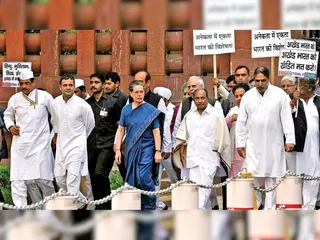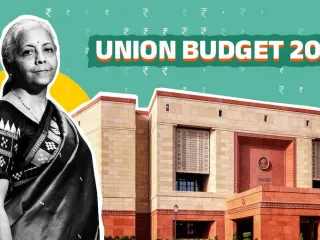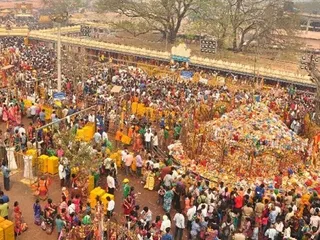India comprises 28 states and 8 Union Territories (UTs), each with its own administrative structure. The Union Territories are regions that are directly governed by the Central Government of India, unlike states which have their own governments. The eight Union Territories are: 1. **Andaman and Nicobar Islands**: Capital - Port Blair. 2. **Chandigarh**: Capital - Chandigarh. 3. **Dadra and Nagar Haveli and Daman and Diu**: Capital - Daman. This UT was formed in 2020 by merging the former UTs of Dadra and Nagar Haveli, and Daman and Diu. 4. **Lakshadweep**: Capital - Kavaratti. 5. **Delhi (National Capital Territory of Delhi)**: Capital - New Delhi. Delhi has a unique status with a legislative assembly and partial statehood powers. 6. **Puducherry**: Capital - Puducherry. This UT comprises four districts: Puducherry, Karaikal, Mahe, and Yanam, and has its own legislative assembly. 7. **Jammu and Kashmir**: Capitals - Srinagar (summer) and Jammu (winter). This region was reorganized into a Union Territory in October 2019, following the abrogation of Article 370. 8. **Ladakh**: Capitals - Leh and Kargil. Also formed in October 2019, Ladakh is known for its unique cultural heritage and strategic significance. Union Territories are administered by an appointed Lieutenant Governor or Administrator, representing the President of India. Some UTs, like Delhi and Puducherry, have been granted partial statehood with legislative assemblies, allowing them to legislate on certain subjects. The governance structure of each UT varies based on its specific needs and historical context.


















